Japanese persimmon is also called a holy fruit. This label is not at all coincidental. Unjustifiably unpopular according to some, it is yet another genuine vitamin bomb.
The numerous healing properties of this holy fruit have been known for millennia. It grows on the Malus diospyros tree. The Greek word "diospyros" literally translates into "holy fire".
In other countries it also goes by the name of "kaki", "Asian persimmon" and other names. There are numerous cultivars.
Japanese persimmon is native to Japan and China. In the 18th century, it became popular all over the world.
What's characteristic for it is that it's usually grown in the subtropical climate zone, with most varieties being able to withstand extremely low temperatures.
Japanese persimmons are large, round or oval fruits, orange in color. They possess a rich palette of vitamins - А, С, Р, Е and some from В group, as well as the minerals manganese, calcium, copper, potassium, iodine and others.

They contain high levels of sugars, especially glucose and fructose. Because of them, Japanese persimmons have a high nutritional value. In just 3.5 oz of the fruit, there are 127 kcal and 33.5 carbohydrates.
Because of these nutritional characteristics, Japanese persimmons can persist in limited quantities in our diet. The recommended dose is 1 Japanese persimmon daily.
The health benefits from Japanese persimmons are diverse. In the past, it was use used to treat scurvy, colds and cough. Japanese persimmons are included in diets for anemia, gastrointestinal tract disorders, and thyroid diseases.
It is also good for diabetics since 80 to 90% of the sugars in it are pure fructose. Eating this fruit has a refreshing effect. It is used as an immune system booster.
There are several ways of consuming it. Japanese persimmon is incredibly delicious fresh but can also be put into jams, marmalades and compotes. Juices and jellies can be made from it as well.
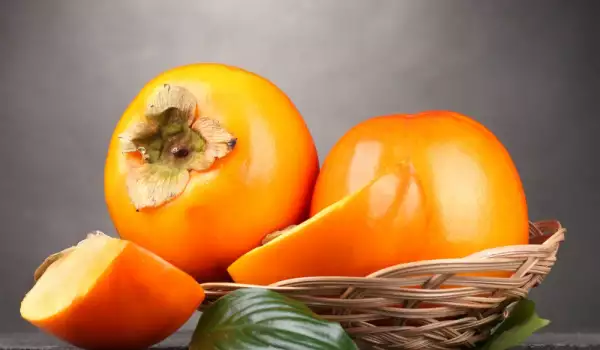
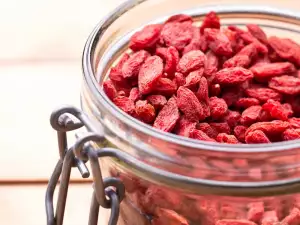
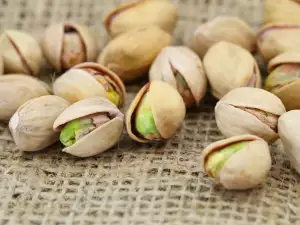

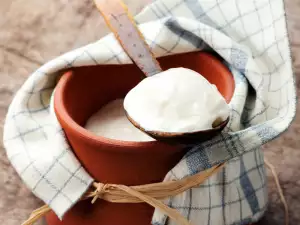
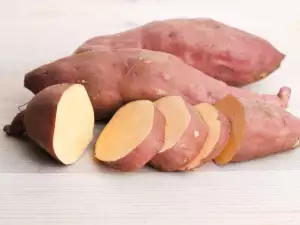
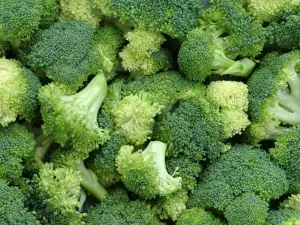


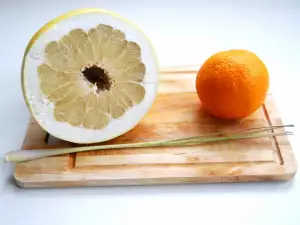


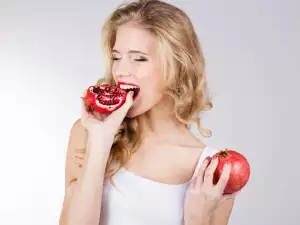

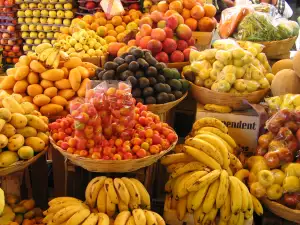





Comments